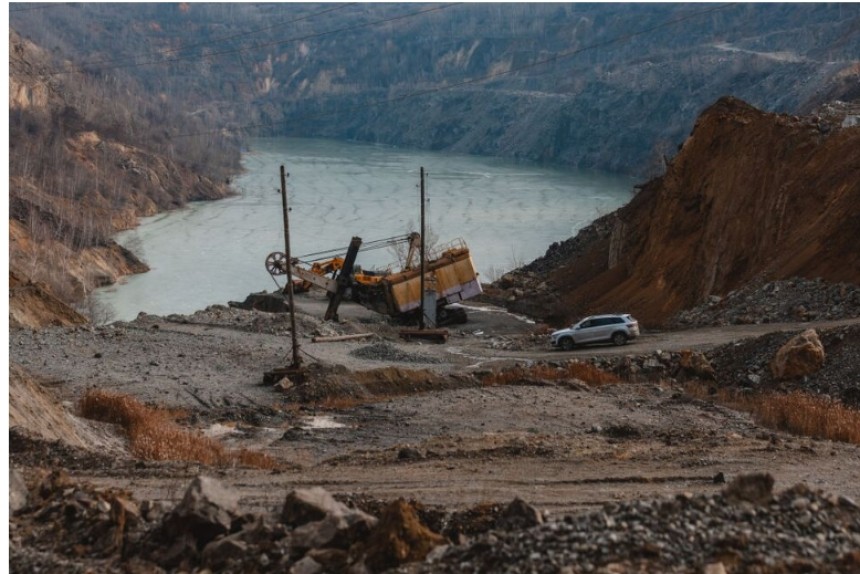
What to Know About Ukraine’s Critical Minerals, and Why Trump Has His Eye on Them
Critical minerals are all the rage right now.
Ever since President Donald Trump indicated he wanted access to Ukraine’s natural resources industry in exchange for U.S. aid amid the country’s war with Russia – an idea originally floated by Ukrainian President Volodymyr Zelenskyy as a way to help fund the military effort – much has been said and written about critical minerals and rare earths. And the conversation is persisting even after an Oval Office blow-up between the two presidents last week threatened to kill the deal.
During his address to a joint session of Congress on Tuesday night, Trump said he will take “historic action to dramatically expand production of critical minerals and rare earths here in the USA.” He also read aloud a letter from Zelenskyy himself, which noted Ukraine is “ready to sign” the minerals agreement “at any time that is convenient.”
Whether the deal comes to fruition is not a certainty. But as negotiations previously stood, the bilateral agreement would establish a “reconstruction investment fund” owned jointly by the two countries. Ukraine would contribute 50% of “all revenues earned from the future monetization of all Ukrainian government-owned natural resource assets into the fund,” including mineral deposits, oil, natural gas and other relevant infrastructure, according to a breakdown by the Center for Strategic and International Studies, a Washington-based nonprofit research organization.
“We are in an era of transactional foreign policy,” says Gracelin Baskaran, director of the Critical Minerals Security Program at CSIS and co-author of the article about the deal.
Here’s what to know about Ukraine’s minerals and why Trump is so focused on them.





